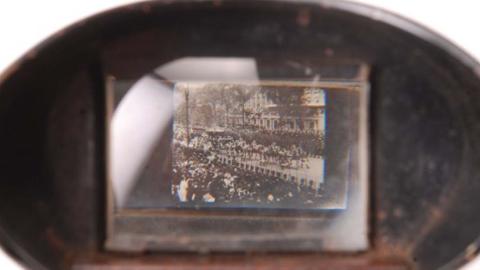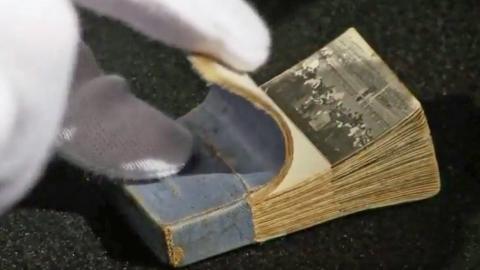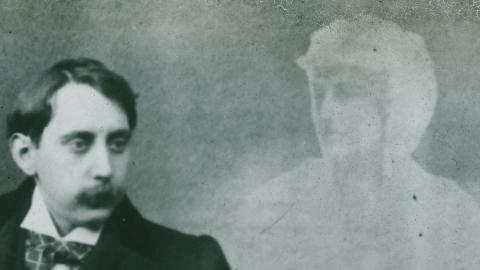
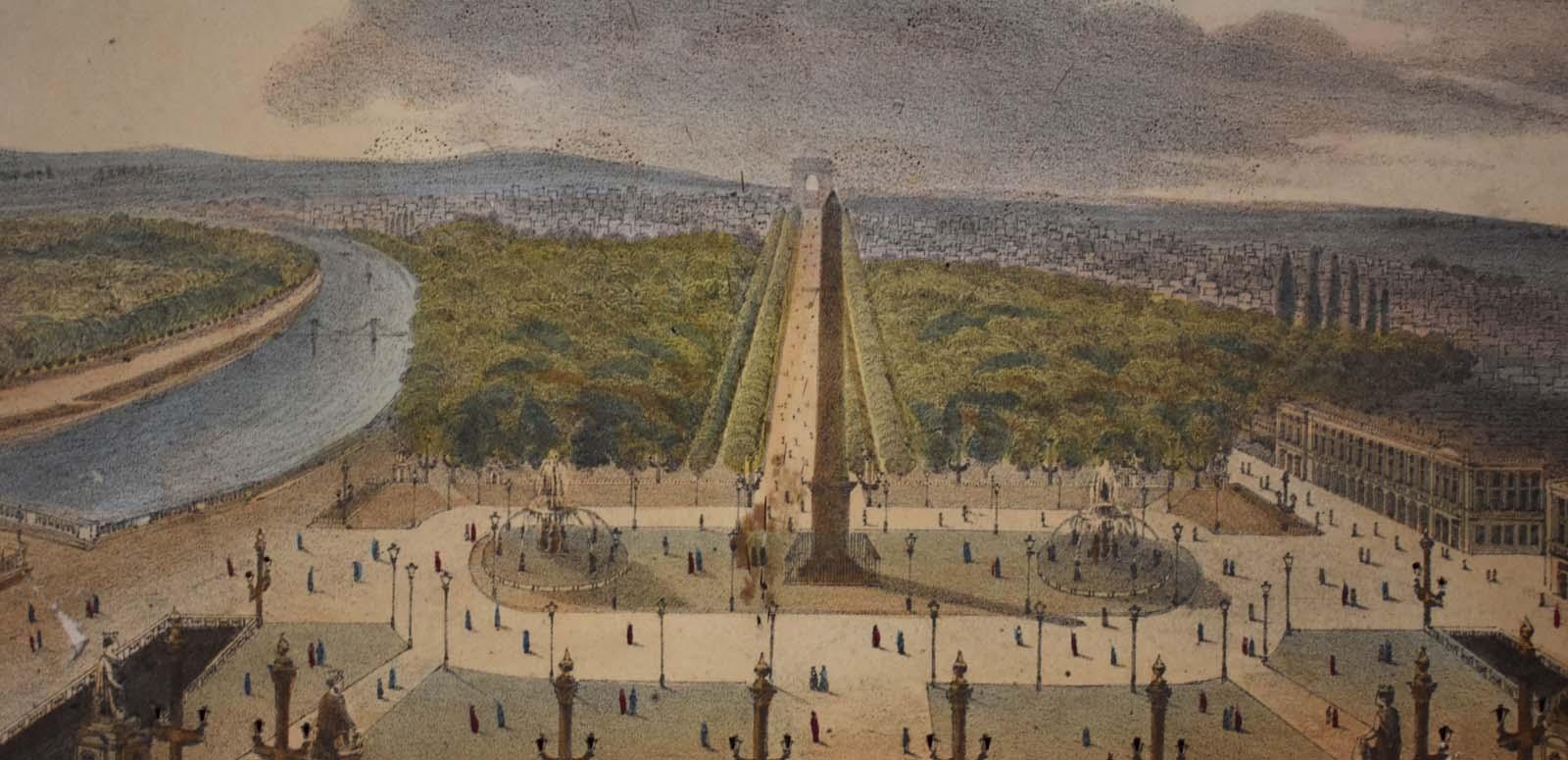
Polyorama Panoptique
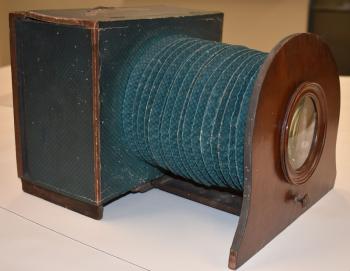
The NFSA has recently acquired a Polyorama Panoptique from Paris (pictured at left). It’s one of a series of ‘optical toys’, developed between 1820 and 1850, that played with light, shadows and colour to display cityscapes and landscapes in new ways.
Optical toys like the Polyorama Panoptique were often seen as precursors to film. They were sold as souvenirs to visitors flocking to auditoriums to see life-sized dioramas on display.
These devices were a source of education and entertainment for families and are one example of the optical gadgets and curiosities that graced parlours during the Victorian era. Others included zoetropes, praxinoscopes, flipbooks and phenakistoscopes.
The Panoptique, patented by Pierre Henri Armand Leford in 1849, is constructed of a wooden frame with copper joins. The paper bellows expands to allow the viewer to change the perspective. The toy comes with a printed set of instructions (in French) attached to the box demonstrating how to use it.
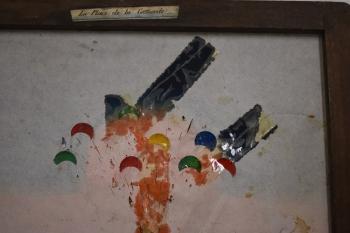
The Polyorama Panoptique we acquired was accompanied by five meticulously detailed, coloured lithographic paper slides depicting scenes from London and Paris including Buckingham Palace, Napoleon’s Tomb, the Louvre, the Parc de Saint-Cloud and Place de la Concorde (pictured above).
When placed in the device, the viewer could filter the light source to simulate daylight or nightfall, and change the appearance of the image.
The slides have been pierced with small holes or slashes with hidden additions of colour. The coloured slashes were strategically placed to give the illusion of lanterns glowing or a night sky lit up with stars.
Other optical toys in our collection include magic lanterns, which were an early form of projector. The short documentary below explores the magic of 19th century optical toys in more detail.
The National Film and Sound Archive of Australia acknowledges Australia’s Aboriginal and Torres Strait Islander peoples as the Traditional Custodians of the land on which we work and live and gives respect to their Elders both past and present.
